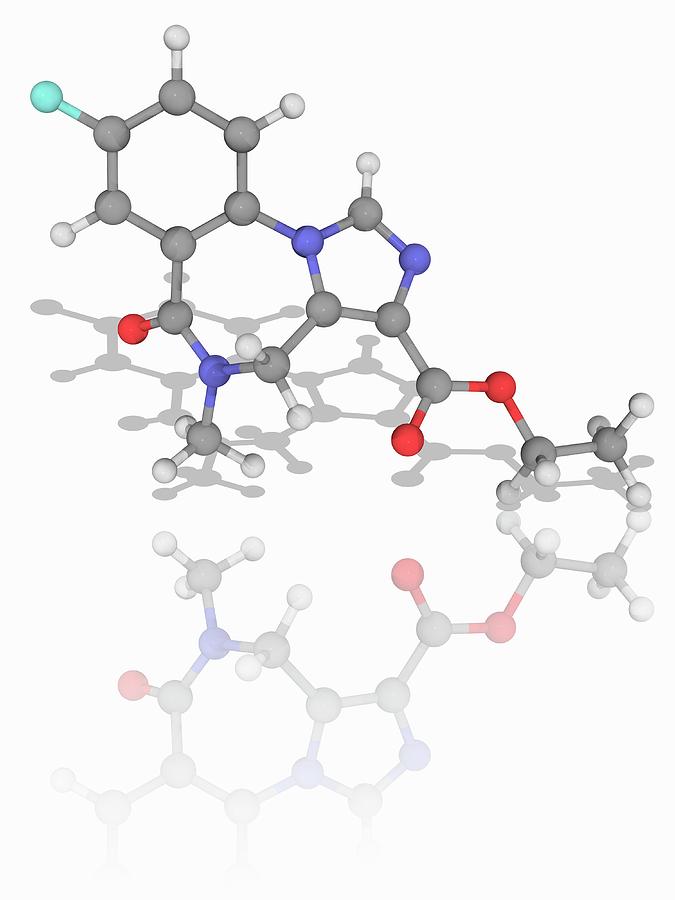

According to the FDA-approved labeling, flumazenil should be used during pregnancy only if the potential benefit to the mother justifies the potential risk to the fetus. There are no adequate and well-controlled studies of the use of flumazenil in pregnant women. It is not known if flumazenil crosses the placenta, but the low molecular weight and moderate protein binding of the drug suggest that placental transfer is possible. The use of flumazenil is not recommended in patients with a seizure disorder managed chronically with benzodiazepines because of possible precipitation of seizures when the benzodiazepine effect is withdrawn.įlumazenil is classified as FDA pregnancy risk category C.

Use flumazenil cautiously in the intensive care setting where there is the possibility of unrecognized benzodiazepine dependence and in patients who have a history of substance abuse or alcoholism or who are known substance abusers. Because of the presence of flumazenil, higher than usual doses of benzodiazepines may be required. Most convulsions associated with flumazenil administration require treatment and have been successfully managed with benzodiazepines, phenytoin or fosphenytoin, or barbiturates. Treatment with flumazenil has no known benefit for serious mixed-overdose patients other than reversing sedation do not use in cases where seizures (from any cause) are likely. In such cases, withhold flumazenil and allow the patient to remain sedated (with ventilatory and circulatory support as needed) until the signs of cyclic antidepressant toxicity have subsided. Flumazenil is contraindicated in the presence of serious concurrent cyclic antidepressant overdose or poisoning as manifested by motor abnormalities (twitching, rigidity, focal seizure), dysrhythmia (wide QRS, ventricular dysrhythmia, heart block), anticholinergic signs and symptoms, and cardiovascular collapse at presentation. Possible risk factors for seizures include: concurrent major sedative-hypnotic drug withdrawal, recent therapy with repeated doses of parenteral benzodiazepines, and myoclonic jerking or seizure activity prior to flumazenil administration in overdose cases. It should be used only by practitioners prepared to manage such complications should they occur. Use flumazenil with caution in patients with head trauma as it may be capable of precipitating convulsions or altering cerebral blood flow in patients receiving benzodiazepines. Flumazenil is contraindicated in patients who have received a benzodiazepine for the control of life-threatening conditions such as the control of increased intracranial pressure and status epilepticus. Use of flumazenil can precipitate signs of benzodiazepine withdrawal, which may precipitate seizures. Seizures are most frequent in patients receiving long-term benzodiazepine therapy (benzodiazepine dependence). Alcoholism, benzodiazepine dependence, head trauma, increased intracranial pressure, overdose, seizure disorder, seizures, status epilepticus, substance abuseįlumazenil therapy has been associated with seizures.


 0 kommentar(er)
0 kommentar(er)
